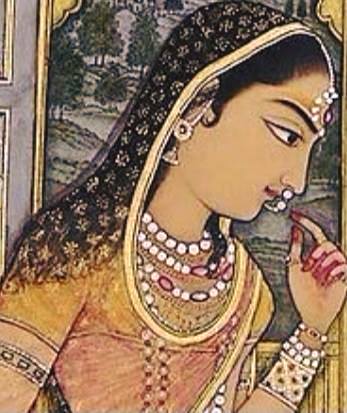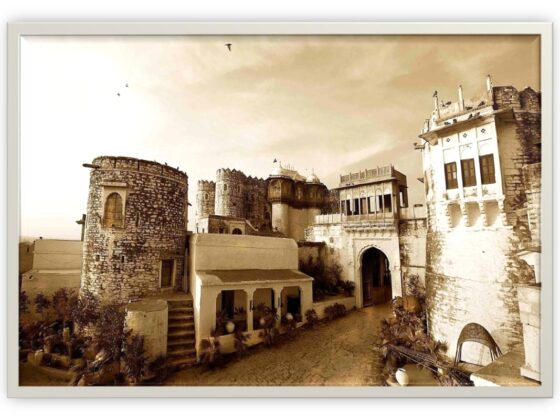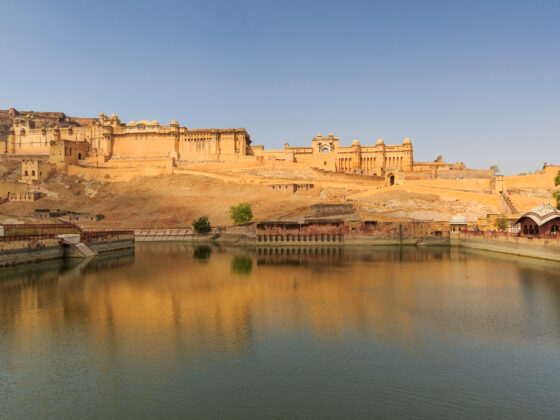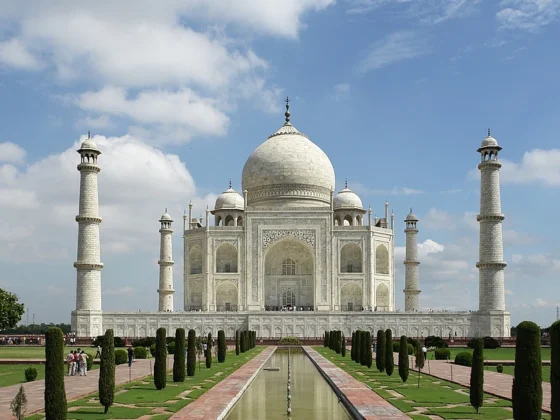Rani Padmavati: The Legendary Queen of Chittorgarh

Introduction
Rani Padmavati, also known as Padmini, is one of the most legendary queens in Indian history. Her story, immortalized in folklore and literature, represents the ideals of Rajput honor, sacrifice, and bravery. She was the queen of Chittorgarh and the wife of Maharana Ratan Singh. The tale of her beauty and valor has been passed down through generations, inspiring countless works of art and cinema. Although historical evidence regarding her existence remains debated, her legend continues to hold a significant place in Indian culture.
Early Life and Marriage
According to the 16th-century poem Padmavat by Malik Muhammad Jayasi, Rani Padmavati was a princess of Sri Lanka, renowned for her extraordinary beauty. King Ratan Singh of Mewar heard about her and undertook a perilous journey to win her hand in marriage. Overcoming several challenges, he succeeded and brought her to Chittorgarh as his queen.
The Invasion of Alauddin Khilji
The legend takes a dramatic turn with the arrival of Alauddin Khilji, the Sultan of Delhi. Upon hearing of Rani Padmavati’s unparalleled beauty, Khilji became obsessed with the idea of possessing her. Under the guise of diplomacy, he visited Chittorgarh and demanded to see the queen. However, following Rajput traditions, Padmavati refused to meet a stranger directly. Instead, Khilji was granted a glimpse of her reflection in a mirror. This fleeting sight intensified his desire, leading him to launch an attack on Chittorgarh in 1303.
The Siege of Chittorgarh
Alauddin Khilji’s forces besieged Chittorgarh with immense military strength. Despite the Rajput warriors’ valiant resistance, the fort eventually fell. Understanding the imminent danger of capture, Rani Padmavati and the women of the fort made the ultimate sacrifice by committing jauhar—a mass self-immolation—to protect their honor. This act of supreme sacrifice has since been revered as a symbol of Rajput bravery and defiance against tyranny.
Historical Debate and Cultural Significance
Historians have debated the authenticity of Rani Padmavati’s story. Some scholars argue that Padmavat is a work of fiction, written centuries after the supposed events, while others believe that it is based on oral traditions that were prevalent in Rajput culture. Despite the lack of concrete historical evidence, her tale remains an integral part of Rajasthan’s folklore and traditions.
Over the years, Rani Padmavati’s story has been adapted into various forms of media, including literature, theater, and cinema. The 2018 Bollywood film Padmaavat, directed by Sanjay Leela Bhansali, brought her legend to a global audience, albeit with certain cinematic liberties.
Legacy and Influence
Rani Padmavati’s legacy continues to be celebrated in Rajasthan, particularly in Chittorgarh. The annual Jauhar Mela commemorates her sacrifice and honors the Rajput spirit. Her story has inspired generations, emphasizing themes of honor, courage, and patriotism.
Conclusion
Whether viewed as a historical figure or a legendary icon, Rani Padmavati remains an enduring symbol of Rajput pride and resilience. Her story transcends time, reflecting the values and traditions of a bygone era. The legend of her beauty, bravery, and sacrifice will continue to be a source of inspiration for years to come.








